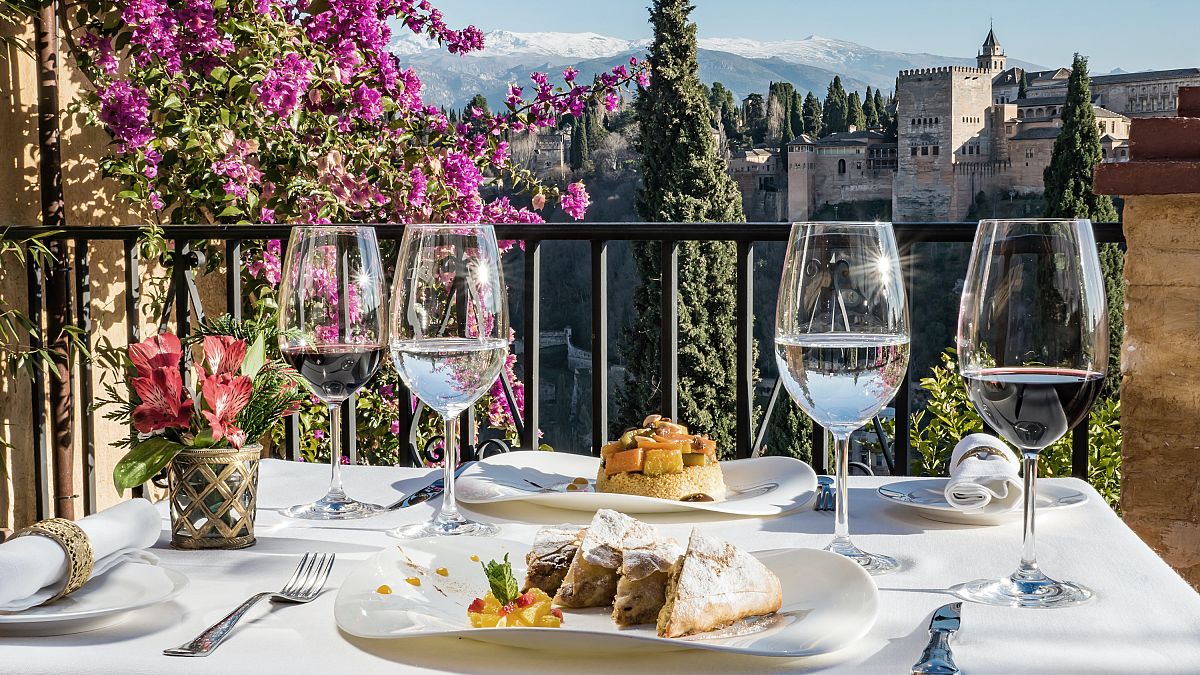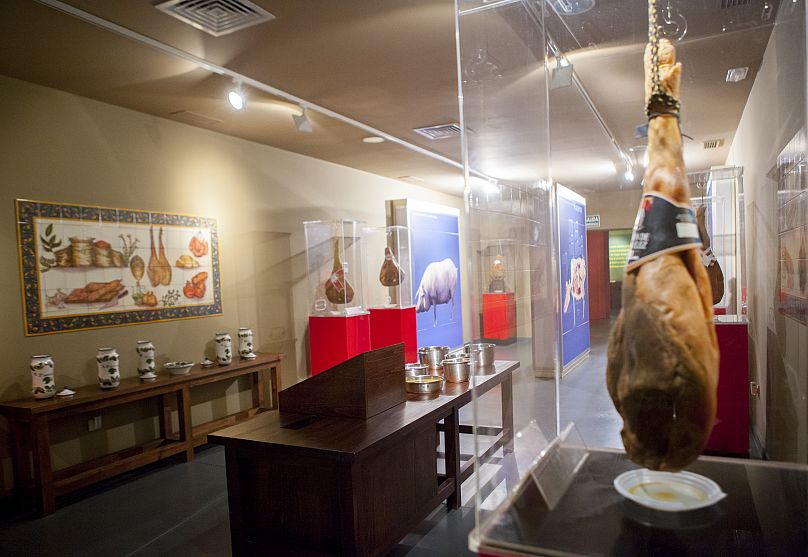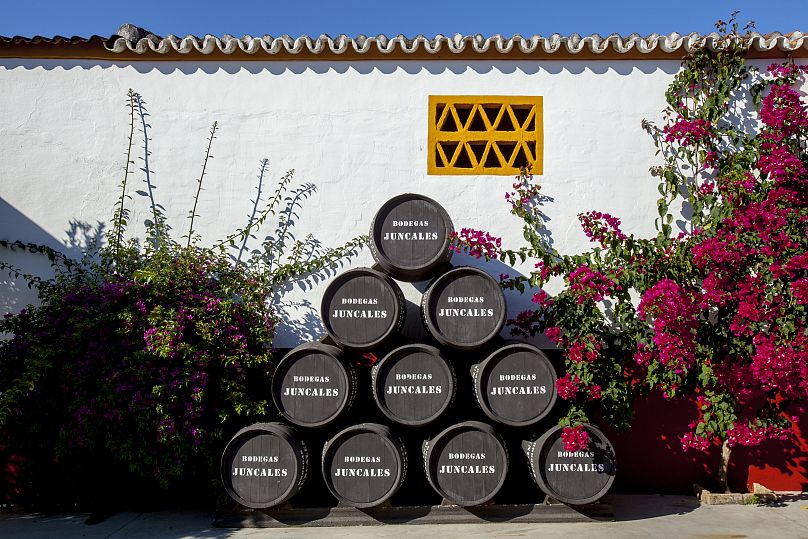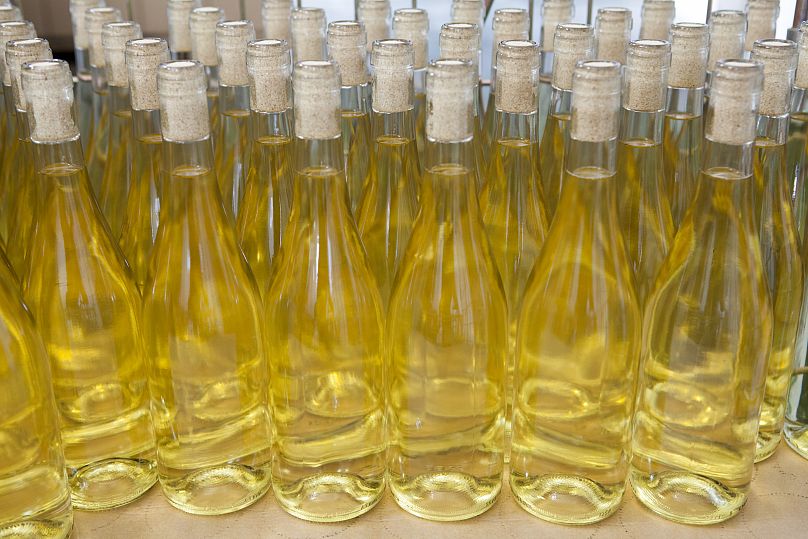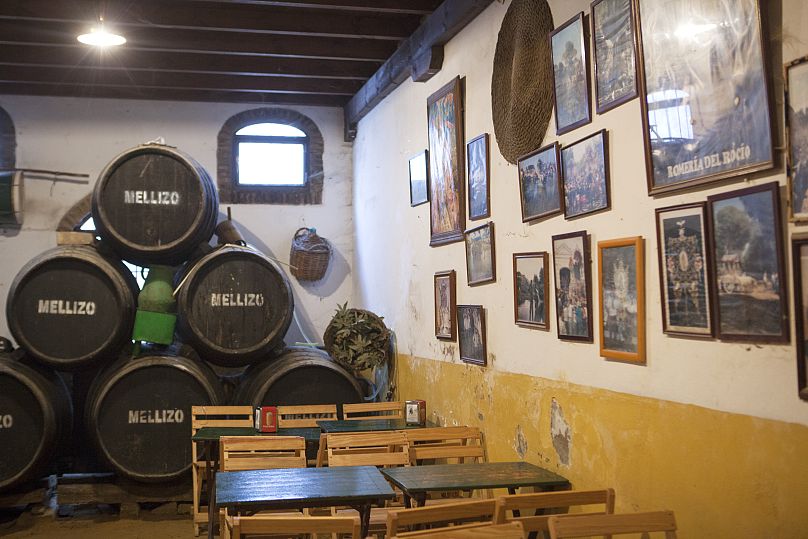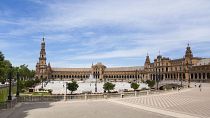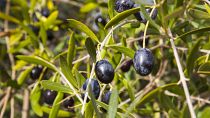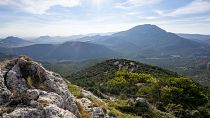Of all the Spanish regions defined by their storied past, Andalusia is perhaps the one that most proudly displays its multicultural roots – and it does so nowhere more than in its gastronomy.
Its name comes from 'Al-Andalus', as most of Spain was known during the period of its Muslim rule, with this southern region the last part of it to fall to the Christian reconquest. Many Spanish words for food also come from this period, such as almendras (almonds), albóndigas (meatballs) and azafrán (saffron), reflecting the amount of then-exotic ingredients introduced during the Moorish rule.
An exploration of this long-standing wealth of produce and culinary expertise is a unique way to get to know the region, and the Andalucía tourist board has created a series of gastronomic routes covering some of the diverse landscapes, from valleys and vineyards to mountains and the coast.
Almadraba tuna traps
Another word borrowed from the Arabic is 'almadraba', a traditional and spectacular fishing art that refers to the exhilarating methods of catching bluefin tuna – enclosing them in vast nets and tying ropes around their tails to haul them aboard – during the spring period when they migrate from the Atlantic to the Mediterranean. In this impressive fight, the fastest and most agile wins. The route runs along the Coast of Cádiz.
Jabugo ham route
Much of the province of Huelva is given over to the pastureland known as 'dehesa' in Spain, where Iberian pigs roam freely. The ham from this region is renowned throughout the world, and the traditions around the breeding and slaughtering of these pigs goes back centuries. The Jabugo ham route takes in parts of the Sierra de Aracena and the Picos de Aroche hills.
Rice route
As well as over 275 species of birds, the wetlands (marismas) running alongside the Guadalquivir river in the province of Seville are home to vast zones of rice paddies, producing a harvest of over 350,000 tons every year and making up over 40 per cent of Spain's rice production. The route through the area also includes several nature reserves.
Wines and liqueurs route
The varied geography of the province of Seville allows the cultivation of many species of grape, and the production of many different types of wine. This route focuses on three areas in particular: the Sierra Norte, where conditions lend themselves to many classic grape varieties; the Aljarafe region, where full-bodied wines such as palomino and Pedro Ximenez are produced; and the Bajo Guadalquivir, where many sweeter wines and liqueurs are made.
Wines and wineries Serranía de Ronda
The Serranía de Ronda area, to the south of the province of Malaga, contains various microclimates, producing smooth, fruity and full-bodied wines. The 16 vineyards on this route offer wine-tastings, tapas and – occasionally – wine therapy treatments and moonlit concerts. There is also a Wine Interpretation Centre for those who would like to understand more about the process.
Wine and Marco de Jerez brandy route
The whitewashed towns of Sanlúcar de Barrameda, El Puerto de Santa María and Jerez de la Frontera are some of the prettiest and most lively in Spain, and form the central triangle for this route through the 'Marco de Jerez' region, where sherries and brandy are produced, in some of the oldest wine cellars in the world.
Montilla-Moriles wine route
Wine produced under the Montilla-Moriles designation of origin has much in common with sherry, including its production method. As in the Jerez sherry region, winemaking traditions here go back centuries, but the land here is hotter and drier. Some 63 bodegas can be found in the region, and a selection of them are found along this route.
Mosto and tabancos route
'Tabancos' are typical taverns found in the Jerez region, where traditionally you might see flamenco performed and drink mosto, a type of grape juice that has been fermented enough to become alcoholic, but is not made into sherry. Along this route you'll also find vineyards and wineries dating back many years.
Condado de Huelva wine trail
A visit to the Condado de Huelva wine region can be combined with any number of typically Andalusian pursuits, including flamenco, bullfighting and visits to the stunning Doñana national park. The area has its own designation of origin and contains more than 6,000 hectares of vineyards.
